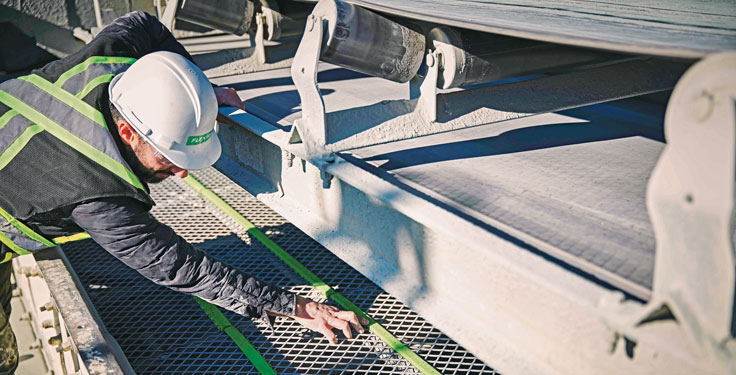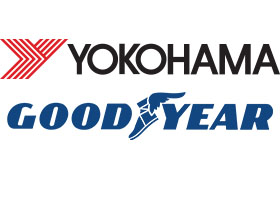With the Infrastructure Investment & Jobs Act in place and construction projects on the rise, aggregates are in high demand.
Capitalizing on opportunities within the market requires the right equipment. This includes screen media.
While often overlooked, screen media selection is critical to an aggregate operation’s performance. But there are many items to consider when selecting screen media for your application.
Screening performance
Synthetic modular media, such as polyurethane, is often known for its long wear life and ability to reduce noise levels. It isn’t without its challenges, though.
This type of media typically has less open area than wire screens, leading to decreased throughput. This reduces the capacity of bottom decks because material takes longer to make its way down the screen.
Also, operations using synthetics must keep a close eye on panel openings. Openings tend to wear by rounding out, making it necessary to regularly check that panels are still the correct size and not letting out-of-spec material through.
Both synthetic screen media and traditional woven wire are very rigid. relying on the vibrating screen to do most of the heavy lifting. The static movement of the screens limits vibration to 800 or 900 cycles per minute.
In most cases, this does not hinder the screen media from achieving adequate production and throughput. But it is not fully using the screening equipment, either. Often, it results in issues such as blinding and pegging.
High-vibration screen media, meanwhile, offers a wear life compromise between synthetic and woven wire options, often providing performance benefits. The screen media features high-strength wire bonded by polyurethane or rubber strips to hold individual wires.
The wires vibrate independently of one another – within opening-size specifications – to amplify the screening process and increase throughput by as much as 40 percent. Plus, the vibrations virtually eliminate common screening issues such as pegging, blinding and clogging, improving product quality and reducing potential downtime.
Wire quality
Still, not all high-vibration screen media is the same.
Most manufacturers don’t customize media specifically to each application to ensure optimum performance and wear resistance. When properly fitted to an application, high-vibration screen media can amplify the work of the vibrating screen with vibrations of 6,000 to 10,000 cycles per minute – up to 13 times greater than traditional, rigid media options.
Often, the screen media can be modified with thicker or double wires and additional polyurethane to further boost durability. Consider, too, there are less expensive options for every style of screen media. But operations should pause before choosing them.
Consult a manufacturer
Selecting the best screen media involves taking a look at the big picture.
While not required, operations can expedite the decision process with experience-backed recommendations from a screen media OEM or dealer. By thoughtfully considering your screen media selection, operations can have maximum throughput and no carryover while producing a high-quality product.
Related: The latest screening equipment for producers
Serge Raymond is product specialist at Major.












